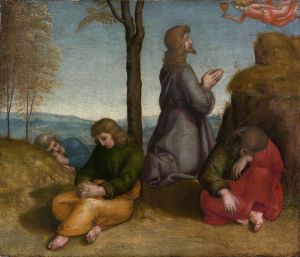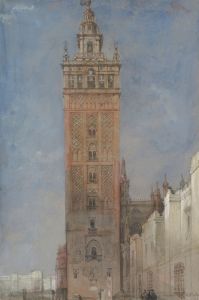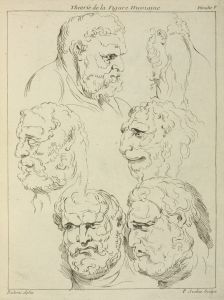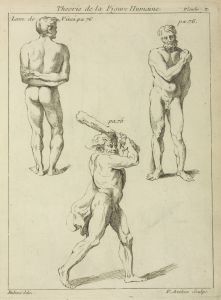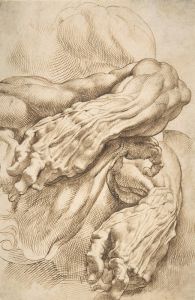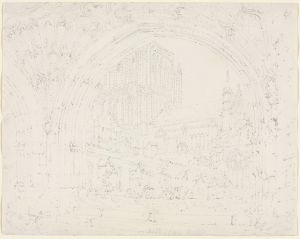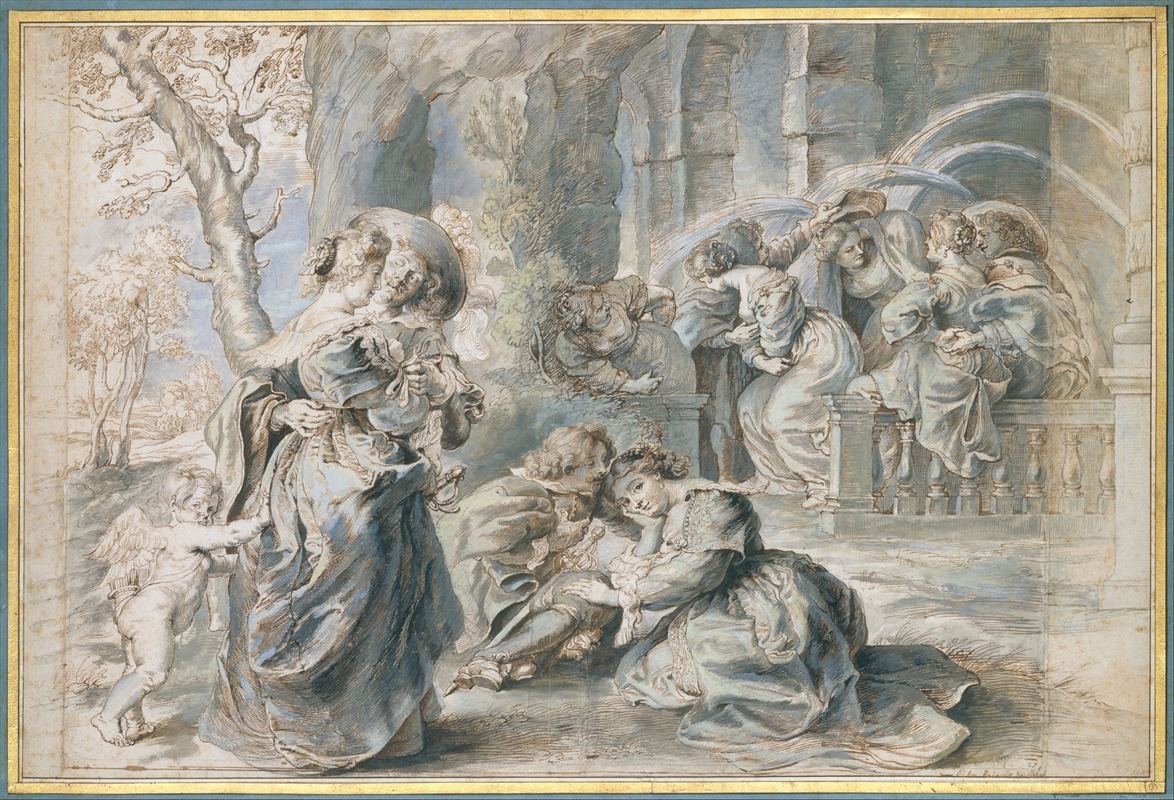
The Garden of Love
A hand-painted replica of Peter Paul Rubens’s masterpiece The Garden of Love, meticulously crafted by professional artists to capture the true essence of the original. Each piece is created with museum-quality canvas and rare mineral pigments, carefully painted by experienced artists with delicate brushstrokes and rich, layered colors to perfectly recreate the texture of the original artwork. Unlike machine-printed reproductions, this hand-painted version brings the painting to life, infused with the artist’s emotions and skill in every stroke. Whether for personal collection or home decoration, it instantly elevates the artistic atmosphere of any space.
"The Garden of Love" is a painting by the renowned Flemish Baroque artist Peter Paul Rubens, completed around 1633. This work is a quintessential example of Rubens' mature style, characterized by its vibrant color palette, dynamic composition, and the sensuous depiction of figures. The painting is housed in the Museo del Prado in Madrid, Spain.
Rubens, known for his exuberant and grandiose style, often infused his works with a sense of movement and vitality, and "The Garden of Love" is no exception. The painting depicts an idyllic scene set in a lush garden, populated by elegantly dressed men and women engaged in leisurely activities. The figures are believed to be members of the Flemish aristocracy, possibly including Rubens himself and his second wife, Hélène Fourment, whom he married in 1630. Hélène, significantly younger than Rubens, often served as a muse and model for his later works.
The composition of "The Garden of Love" is rich and complex, featuring a multitude of figures interacting in a harmonious and festive atmosphere. The garden setting is lush and opulent, with blooming flowers, flowing fountains, and classical sculptures, creating an idealized vision of nature and leisure. The figures are depicted in various poses, some engaged in conversation, others playing music or dancing, all contributing to the painting's lively and celebratory mood.
A notable aspect of the painting is its allegorical elements. The presence of Cupid figures and the theme of love and courtship suggest an allegory of love and marriage, possibly reflecting Rubens' own happiness in his marriage to Hélène. The painting can be seen as a celebration of love, beauty, and the pleasures of life, themes that were central to Rubens' work and the Baroque period in general.
Rubens' use of color and light in "The Garden of Love" is masterful. The warm, rich tones and the interplay of light and shadow enhance the painting's sense of depth and movement. The artist's skillful brushwork and attention to detail are evident in the intricate rendering of fabrics, foliage, and skin tones, contributing to the painting's overall sense of opulence and vitality.
"The Garden of Love" is often interpreted as a reflection of Rubens' personal life and artistic philosophy. It embodies the Baroque ideals of grandeur, emotion, and sensuality, while also serving as a testament to Rubens' ability to capture the essence of human joy and celebration. The painting remains one of Rubens' most celebrated works, admired for its beauty, complexity, and the artist's unparalleled ability to convey the exuberance of life.
In summary, "The Garden of Love" is a masterpiece of Baroque art, showcasing Peter Paul Rubens' exceptional talent and his ability to blend allegory, portraiture, and landscape into a cohesive and enchanting composition. The painting continues to be a significant work in the study of Baroque art and Rubens' illustrious career.





